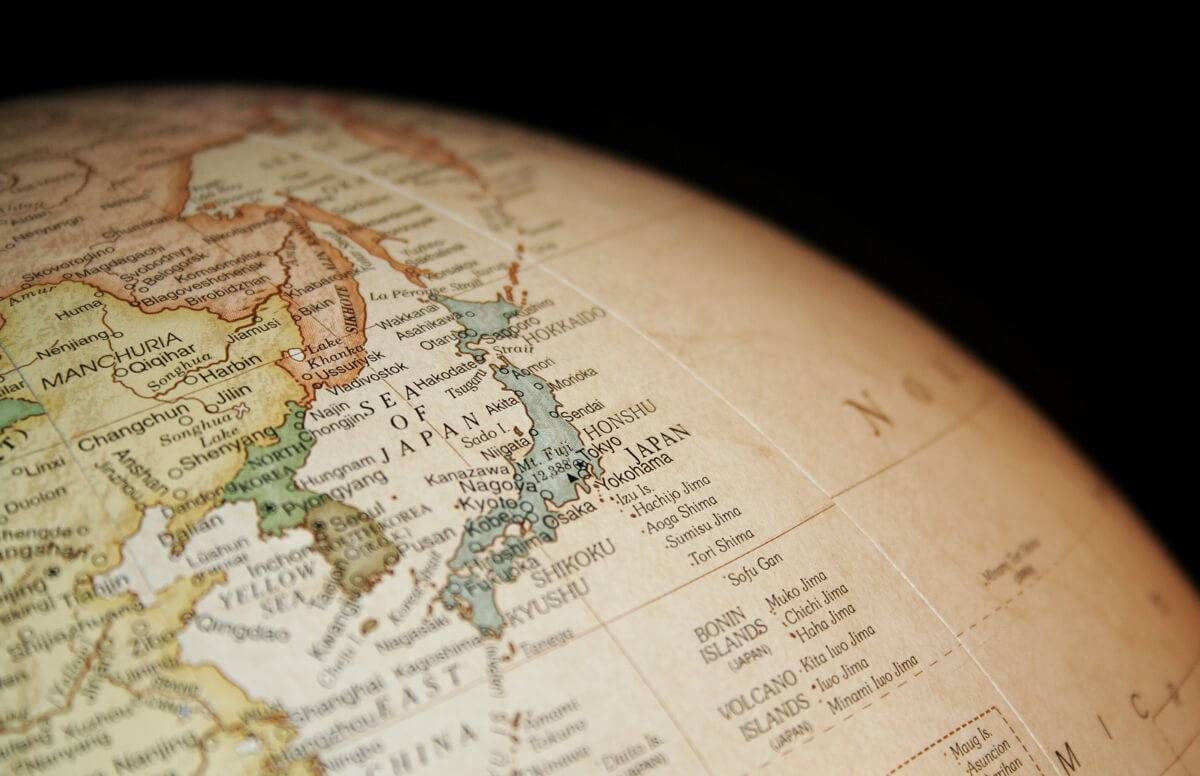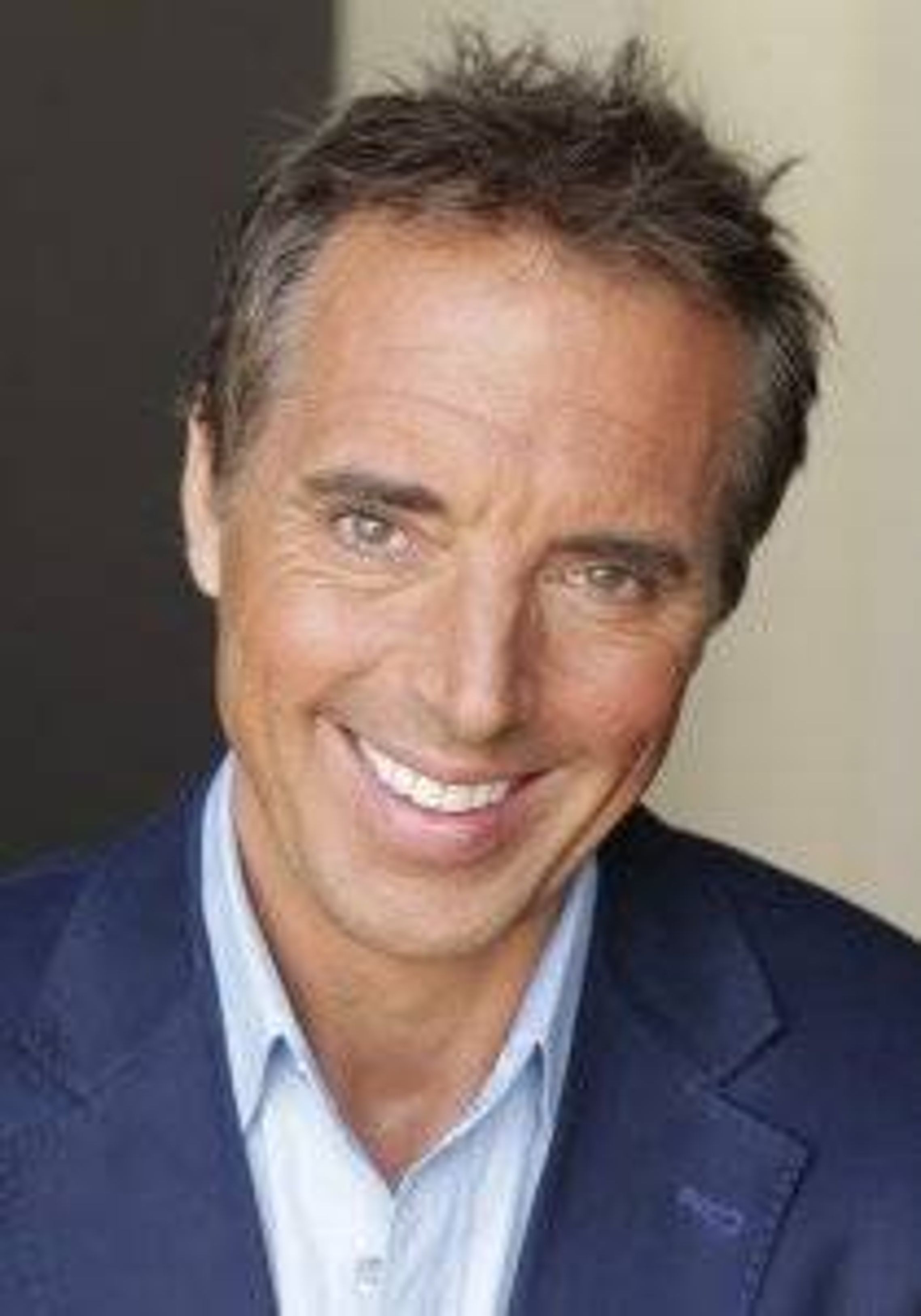How to Make U.S. Cities Blue Zones for Healthy Longevity
A conversation with Longevity Innovator and 'Blue Zones' author Dan Buettner
(Advances in science and public health are increasing longevity and enhancing the quality of life for people around the world. In this series of interviews with the Milken Institute Center for the Future of Aging, 14 visionaries are revealing exciting trends and insights regarding healthy longevity, sharing their vision for a better future. The Longevity Innovators interviews highlight new discoveries in biomedical and psychosocial science, as well as strategies to promote prevention and wellness for older adults. This is the fifth in the series.)

New York Times bestselling author Dan Buettner has traveled the globe visiting the places in the world where higher percentages of people enjoy long, full lives, areas dubbed “Blue Zones.” The National Geographic Fellow founded Blue Zones LLC to help people live longer, healthier and happier lives by improving their environments. In an interview with the Milken Institute Center for the Future of Aging, Buettner discusses how American cities can become places that older adults choose to reside, the importance of positive outlook and how we do have choices in how we age.
Milken Institute Center for the Future of Aging: What led you to start researching longevity hot spots? Have you found any common themes among them?
It all started in the spring of 2000 when I was leading a series of educational projects for National Geographic called “Quests,” in which a team of scientists investigated some of Earth’s great puzzles. I had heard about Okinawans’ unusual longevity and thought it would be a great quest to investigate what their secrets to good health and long life were. We spent 10 days studying, exploring and summing up what we found.
Five years later, I returned to Okinawa with a new team. I’d just written a cover story for National Geographic about the “Secrets of Long Life,” which profiled three areas of the world with concentrations of some of the world’s longest-lived people — areas we dubbed “Blue Zones.” I was determined to delve deeper into the lifestyle of Okinawa.
During these explorations we were always thinking, how can we bring these teachings back to our communities? This is how the Blue Zones project was born.
We decided that we could take the nine evidence-based common denominators that we found in all the Blue Zones and implement them in communities across the United States. Our goal was to make small adjustments to make the healthy choice the easy choice for people in their communities.
What’s your take on how American cities can become places that older adults choose to reside?

Studies show that social isolation and loneliness kill. It’s important that older adults have easy access to transportation or are able to walk to where they’d like to go.
People don’t want to be put somewhere and forgotten. They want to pursue their hobbies, see friends and have a strong purpose.
How can communities play a role in embracing an active and healthy lifestyle?
It’s most important that we curate environments that encourage healthy lifestyles and diets. If the healthy choice is the easy choice in our day-to-day lives, we will take that route over the unhealthy option.
Living in a place that promotes walking (being able to walk to work, school, the grocery store and parks) is an extremely important aspect. Also, having access to fruits and vegetables is something many people take for granted around the country, but some locations are food deserts, and even if you want to eat healthy, you can’t.
How does the Blue Zones project encourage a sense of purpose?
We always encourage people of every age to volunteer and keep purpose in their day.
One of our favorite centenarians in Loma Linda, California, was Marge Jetton, who, even at the age of 105, was volunteering at over seven organizations around her community.
Also, an extremely important aspect of a centenarian’s life is to connect with friends and neighbors. The world’s longest-lived people chose — or were born into — social circles that supported healthy behaviors. Okinawans created “moais” — groups of five friends that committed to each other for life.
It is also important to surround yourself with the right people who share your values of health. . So, the social networks of long-lived people favorably shape their health behaviors. This is good for up to 10 additional healthy years of your life.
Does culture affect happiness? And are certain cultures more inclined to be happy?
As Winston Churchill once said, shape your environment, and it will shape you. I don’t believe in happy cultures — they're a myth.
In places around the world that have produced the happiest populations, you always see the same pattern: 50 to 100 years ago, enlightened leaders shifted their focus away from economic development to quality of life.
They focused on public health and not the sick care we have in the U.S. They enacted policies to favor equality, trust, and tolerance — all three of which are more highly correlated to life satisfaction in rich countries than incremental GDP growth.
They made sure every kid could read — that girls and women were educated. This produced mothers who had fewer children and those children were healthier, better educated and grew up to be more productive adults who made better voting decisions. Hence, an upward ratcheting in well-being.
How would you respond to those who say we do not have a choice in how we age?
You can choose what to eat, who your friends are and what you do with your free time. All three can have profound impacts on your life expectancy.
If you choose vegetarian friends whose idea of recreation is tennis or biking and like to engage in meaningful conversation, you’ll have a much better outcome than sitting around with friends who watch TV and eat hot dogs. The choice is yours.

